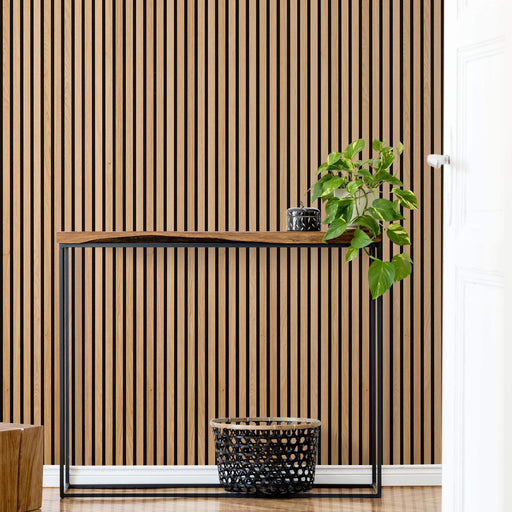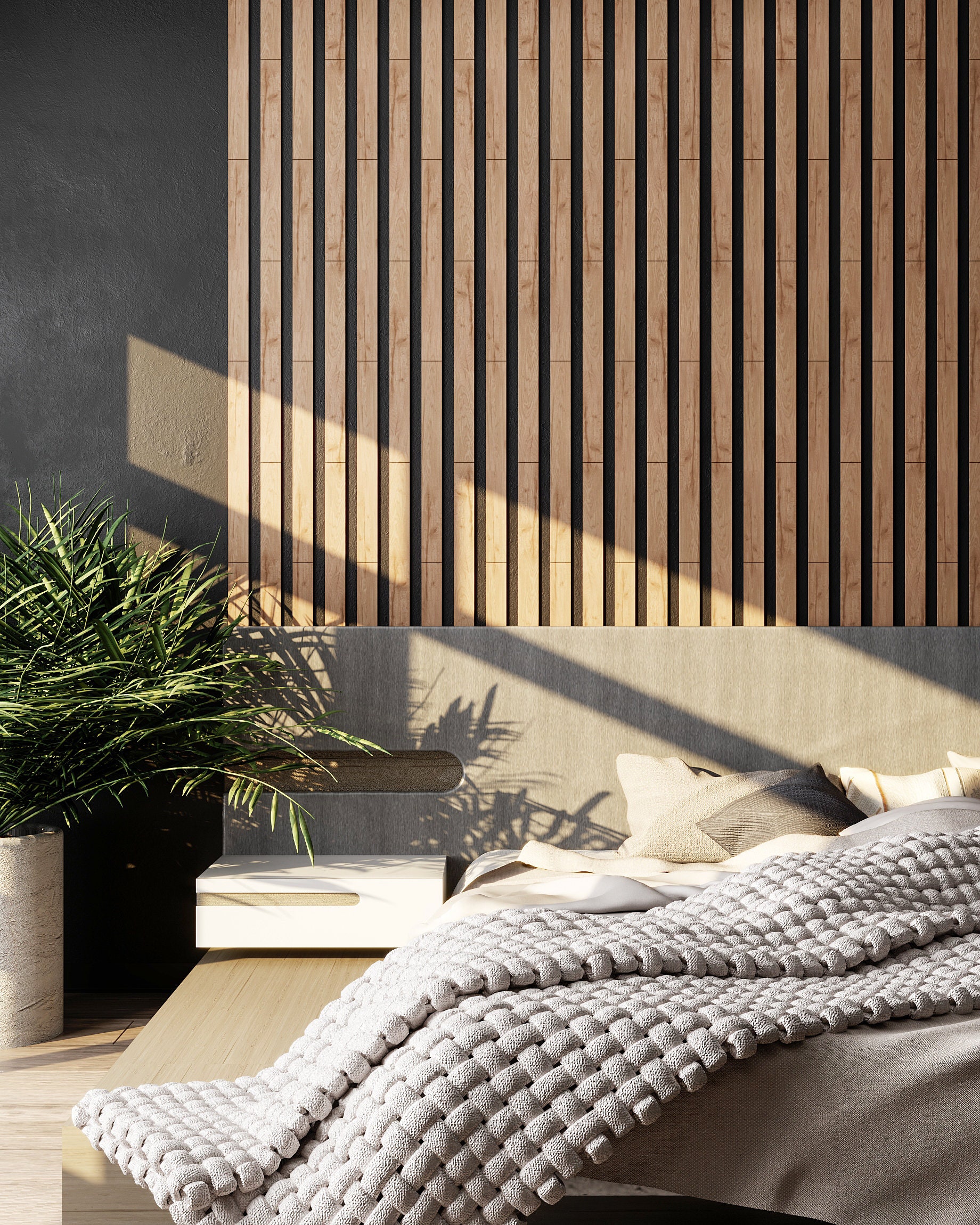Decorative wooden panels have become a popular choice for homeowners and interior designers alike. They offer a unique blend of aesthetics and functionality, allowing you to enhance the beauty of your space while providing practical benefits. In this guide, we’ll explore everything you need to know about decorative wooden panels, from types and applications to installation tips and maintenance. I’ll also share some personal experiences and insights that could help you make an informed decision.
What Are Decorative Wooden Panels?
Decorative wooden panels are versatile elements used in interior design, made primarily from various types of wood. These panels can serve multiple purposes, including wall coverings, room dividers, and ceiling treatments. They can significantly influence the ambiance of a room, making it more inviting and stylish.
Types of Decorative Wooden Panels
1. Solid Wood Panels
Solid wood panels are crafted from a single piece of timber. They showcase the natural grains and colors of the wood, offering a premium look. Personal experience: I recently installed solid oak panels in my living room, and they have added warmth and elegance to the space.
2. Plywood Panels
Plywood panels consist of layers of wood veneer glued together. They are strong, lightweight, and more affordable than solid wood. I’ve used plywood panels for a studio project, and the results were impressive.
3. MDF Panels (Medium Density Fiberboard)
MDF panels are engineered wood products made from wood fibers. They offer a smooth surface for painting and can be easily cut into various shapes and sizes. I found MDF to be a great choice for custom furniture projects.
4. Veneered Panels
Veneered panels have a thin layer of real wood on top of a more affordable substrate. They provide the look of solid wood at a lower cost, making them popular among budget-conscious homeowners.

5. Laminated Panels
Laminated panels are constructed by fusing multiple layers of materials together. These panels are durable, water-resistant, and available in various finishes. They are ideal for areas prone to moisture.
6. Acoustic Panels
Acoustic panels made from wood can help reduce noise levels in a space. They are perfect for offices or home theaters where sound quality is essential.

Applications of Decorative Wooden Panels
1. Wall Coverings
Wooden panels can create stunning accent walls that draw attention and add character to a room.
2. Ceilings
Wood paneling on ceilings can make a space feel cozier and more intimate. I recently added wooden beams to my dining area ceiling, and it transformed the entire room.

3. Furniture
Custom furniture made from decorative wooden panels, such as coffee tables and bookcases, can provide unique focal points in your home.
4. Room Dividers
Wooden panels can be used as room dividers to create separate areas within an open space. This is particularly useful in small apartments.

5. Backdrops for Art and Displays
Using wooden panels as a backdrop for artwork or displays can enhance the visual appeal and create a cohesive design.
Advantages of Decorative Wooden Panels
1. Aesthetic Appeal
Wooden panels add warmth and sophistication to any interior. They come in various finishes and styles, catering to different design preferences.

2. Durability
Wood is a durable material that, when properly maintained, can last for decades. Its longevity makes it a worthwhile investment.
3. Easy to Install
Many decorative wood panels come with tongue-and-groove systems or adhesive backing, making installation straightforward, even for DIY enthusiasts.

4. Insulation Properties
Wood panels offer better insulation compared to other materials, helping to maintain comfortable indoor temperatures.
5. Customization
Wood panels can be easily painted, stained, or treated to match your design vision, offering endless customization options.
Disadvantages of Decorative Wooden Panels
1. Cost
High-quality wood can be expensive, and while cheaper options exist, they may not offer the same look or durability.
2. Maintenance
Wood panels require regular maintenance, such as cleaning and refinishing, to keep them looking their best.
3. Susceptible to Damage
Wood can be prone to scratches, dents, and moisture damage if not properly cared for. I learned this the hard way when a spill on my MDF panel left a mark.
How to Choose the Right Decorative Wooden Panel
1. Consider Your Budget
Determine how much you are willing to spend. Keep in mind that investing in higher-quality materials may pay off in the long run.
2. Choose the Right Wood Type
Different wood types have distinct characteristics. Research and choose a type that fits your aesthetic and functional needs.
3. Match Your Design Style
Consider the overall design style of your home. Rustic, modern, or traditional styles will dictate the type of panel you choose.
4. Evaluate Installation Needs
Determine whether you will be installing the panels yourself or hiring a professional. Some panels are easier to work with than others.
Installation Tips for Decorative Wooden Panels
1. Preparation
Ensure your walls are clean, dry, and smooth before installation. Consider using a level to find the best starting point.
2. Tools Required
You may need tools such as a saw, drill, adhesive, and measuring tape. Having the right tools will make the process smoother.
3. Follow Manufacturer Instructions
Always adhere to the guidelines provided by the manufacturer for the best results.
4. Consider Acclimatization
Allow your wooden panels to acclimatize to the room’s temperature and humidity before installation. This helps prevent warping.
5. Finish After Installation
After installing your panels, consider applying a sealant or finish to protect them from wear and tear.
Maintenance of Decorative Wooden Panels
1. Regular Cleaning
Dust your panels regularly with a soft cloth or feather duster to maintain their appearance.
2. Avoid Excess Moisture
Keep wooden panels away from excessive moisture to avoid warping, mold, or mildew.
3. Refinish as Needed
Depending on wear and tear, you may need to sand and refinish your panels every few years.
Comparison Table of Different Wooden Panels
| Type of Panel | Cost | Durability | Maintenance | Customization |
|---|---|---|---|---|
| Solid Wood | High | Very High | Moderate | High |
| Plywood | Moderate | High | Low | Moderate |
| MDF | Low | Moderate | Low | High |
| Veneered | Moderate | Moderate | Moderate | High |
| Laminated | Low | High | Very Low | Moderate |
FAQs About Decorative Wooden Panels
1. What are the best types of wood for decorative panels?
Popular choices for decorative panels include oak, maple, cherry, and walnut, each offering unique grain patterns and colors.
2. How can I install decorative wooden panels myself?
With the right tools and preparation, you can install wooden panels yourself by following the manufacturer’s guidelines closely.
3. Are wooden panels suitable for high-moisture areas?
Wooden panels can be used in high-moisture areas if they are treated or made from moisture-resistant materials like laminated panels.
4. How do I remove scratches from wooden panels?
Minor scratches can often be removed with a wood filler or by sanding and refinishing the area.
5. Can I paint or stain my decorative wooden panels?
Yes, most wooden panels can be painted or stained, allowing you to customize them to fit your design.
Conclusion
Decorative wooden panels are an excellent way to elevate your space, providing beauty, durability, and versatility. Whether you choose solid wood, plywood, or MDF, there’s a perfect option for every style and budget. I hope this guide has provided you with the information and inspiration you need to transform your home or workspace with decorative wooden panels. Happy decorating!